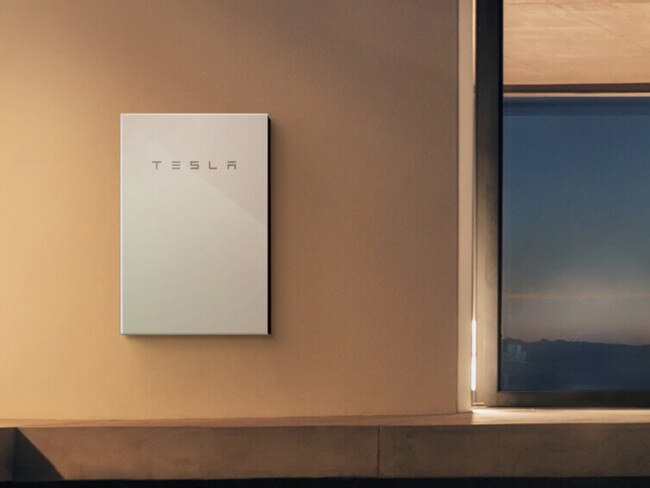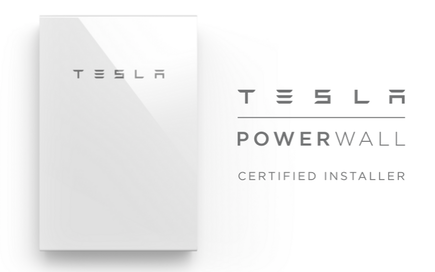Installing a battery in your home allows you to store unused solar power for use during the night and they can even be programmed to charge during off-peak hours and discharge during peak hours to save you more money.
There’s no doubt that adding a battery to your solar system is a worthwhile investment, for both your back pocket and the planet. But it’s important that you get the basics right if you want to save money.
Your solar production should be enough to cover your power consumption during the day, as well as charge the battery. A simple way to get a rough idea of how much excess solar production you have is to divide your quarterly solar export by the amount of days in the billing cycle. For example, 900kWh / 90 days = 10kWh/day. That means, on average 10kWh/day is sold back to the grid and could be used to charge your battery.
But is that enough?
Most good battery systems run at around 90% efficiency when you take into account the losses during conversion. That means you need to have an excess of solar production equal to about 110% of the battery capacity. For example, the Tesla Powerwall 2 is a 13.5kWh battery so, 13.5kWh x 110% = 14.85kWh. Therefor, a customer looking to buy a Tesla Powerwall 2 should be exporting about 15kWh/day on average during their lowest production period ie. Winter to fully charge their battery every day.
If you find that is not the case for you, you have a couple of options.
a) Add more panels to your solar system in order to boost your solar production.
b) Choose a battery that has options to suit the solar system you already have. Ask us what they might be.
Black-out protection
It is easy to set up your battery system in a way that will supply your home with power during a black-out. With some brands it is a built in feature and with others it is an optional extra.
As you can see there are a lot of variables when it comes to choosing which option is best for you. Give us a call today and let us help you navigate these questions one by one.


